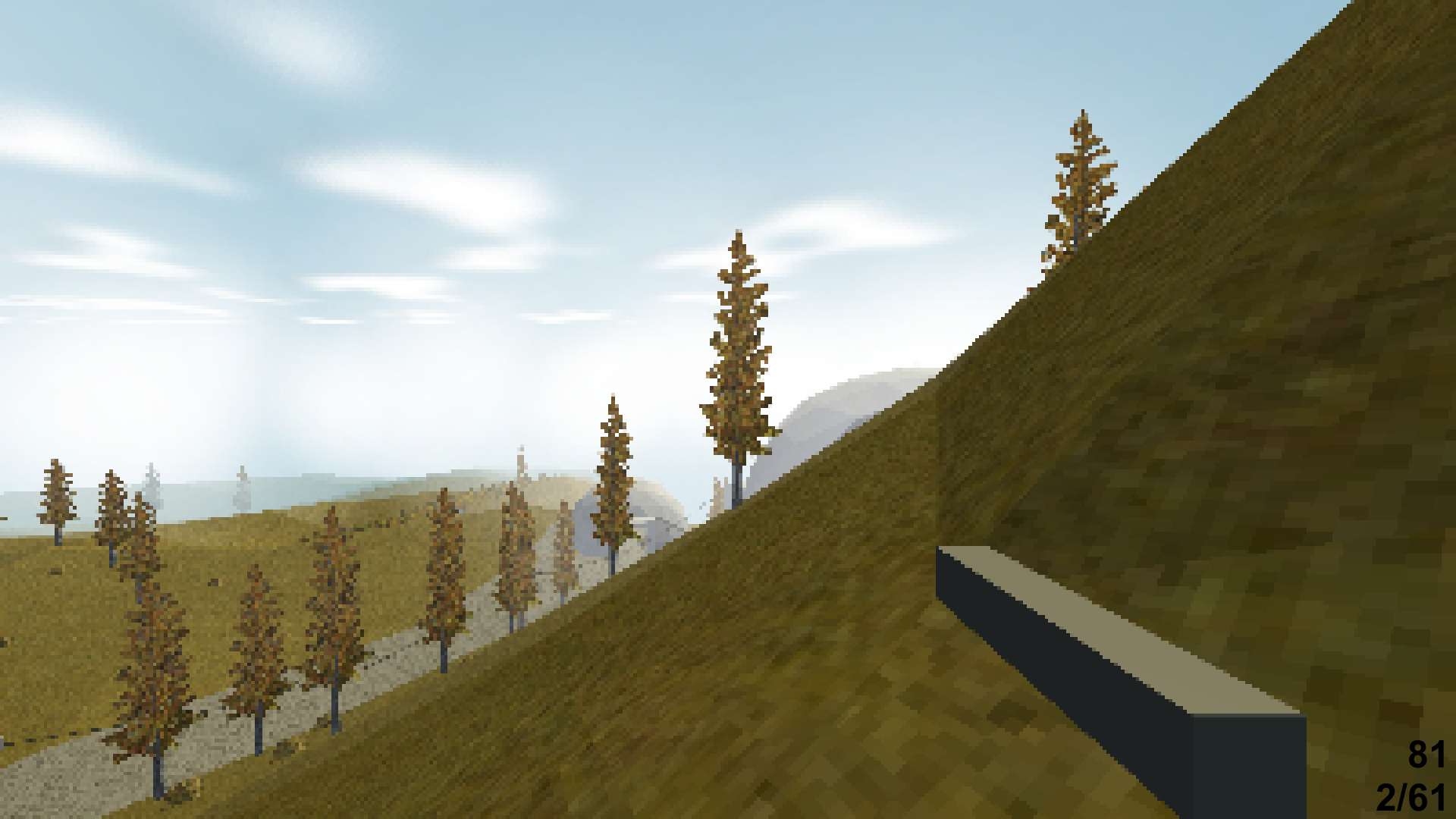Diomira Mac OS
As described in the previous post, I’m using SCSI IOmega ZIP (Z100S) drive as a mass storage for my Macintosh Plus. I prepared zip floppies with a few versions of the Macintosh System installed - if you’re into retro computing it’s fun to compare the performance and the features between different OSes.
(3 different shots) (3rd Generation) (African Model) (Editable text) (family pack) (LAUNCH SALE) (Layered Fonts) (Limited Time) 02FF 10 IN 1 1000ml 100ml-A 100ml-C 10L 10oz 10x40g 12 in 1 12-IN-1 120ml-A 126 in 1 12in1 15 in 1 15FF 1626oz 16th 18FF 18x 19FF 1C 1k 1l 1st 2 In 1 2-in-1 20 in 1 20 in 1 3379108 200 in 1 200g 2018 Font 2019 Calendar. Connect the bootable installer to your Mac. Open System Preferences and click Startup Disk. Choose the external drive with your installer as the startup disk and click Restart. Enjoy the videos and music you love, upload original content, and share it all with friends, family, and the world on YouTube.
I dumped the zip floppies into disk images, so they can be easily restored. All you need is an USB zip drive (Z100U) connected to your modern computer (Macbook Pro in my case). Images can be downloaded below:
Besides from the system, images contain a fair amount of abandonware tools and games (MacWrite, MacPaint, MS Excel & Word, StuffIt, ZTerm, Civilization, Lemmings, etc.)
As the spread of COVID-19 hotspot gradually shifted from China to Italy during the first quarter of the year 2020, the inquiring mind was hell-bent to gauge this swing. Before the 21st century’s geopolitical nexus shared between the two nations and the low-cost labour migration from Wuhan to Lombardy set the course of the network exchange, the global connectivity if not as aggressive as.
If you use OS X / Linux, the images can be written to the zip floppies using the dd command:
where /dev/diskX is the appropriate device. On the OS X it’s a good idea to disable the automount feature, as the OS may corrupt the old HFS filesystem once it’s written. The Disk Arbitrator can be used for this purpose.
The images can be also used with emulators (like vMac). It’s only required to extract the HFS filesystem (as the image also contains the IOmega drive, partition table which confuses the emulator):

The resulting system608-hfs.image is an emulator-bootable image:
Basilisk II support using the disk images directly, but it’ll only work with System 7.5.5.
I also prepared the same images in the native MacOS format (.hqx + DiskCopy 6):
Update (February 2020)
People on the internet noticed that the images are infected by the nVIR virus. I’m sorry for that, I must have got it with some vintage archives when I’ve been compiling these images. I’ve used Disinfectant to remove the virus and I’ve rebuilt all the files (.image.gz and .img.hqx).
Diomira Mac Os Download

Also, there’s a very interesting blog post about preparing disk images on modern environment: Setting up your vintage (classic) 68k Macintosh: using a 100MB SCSI Iomega Zip Drive.